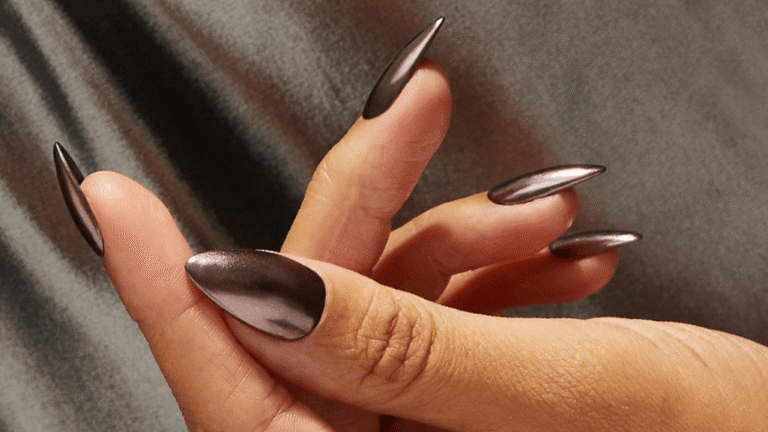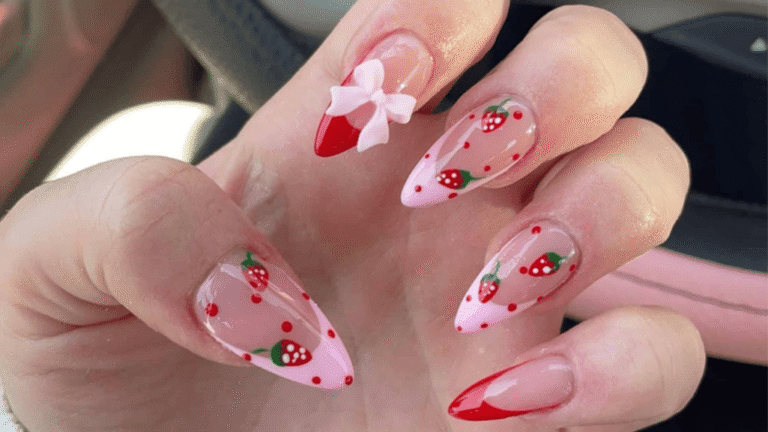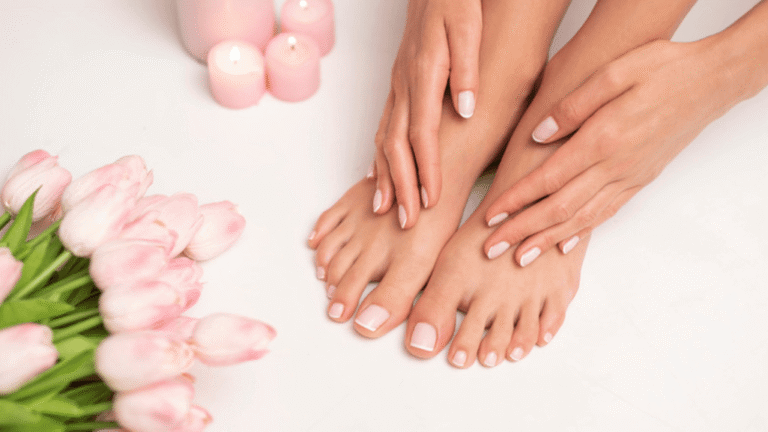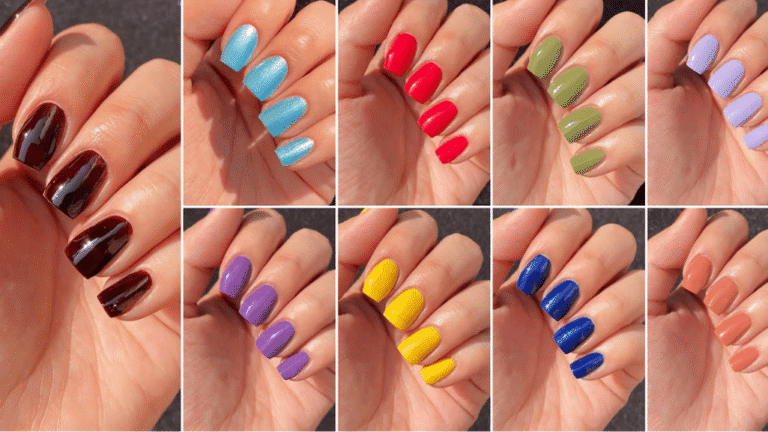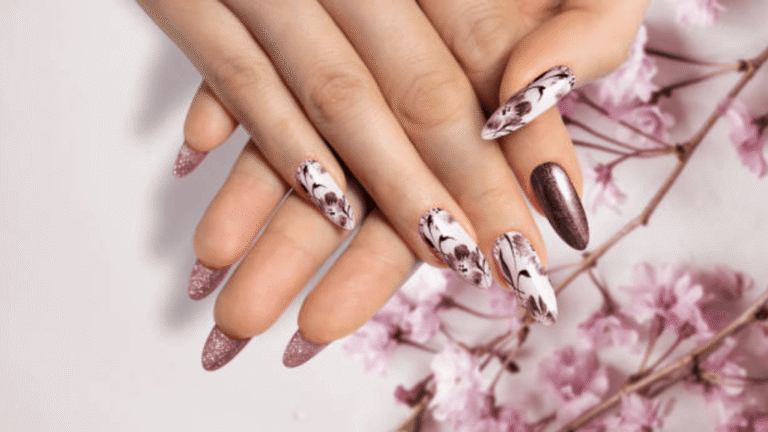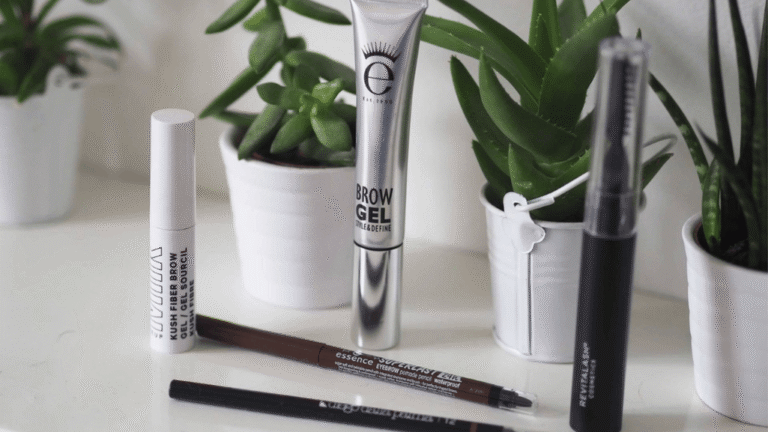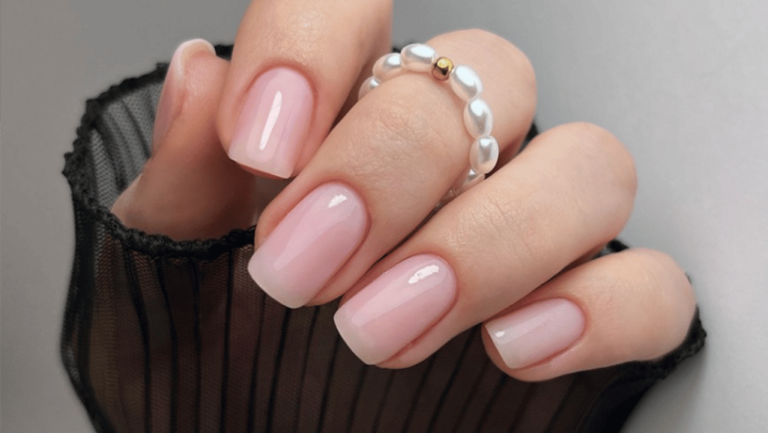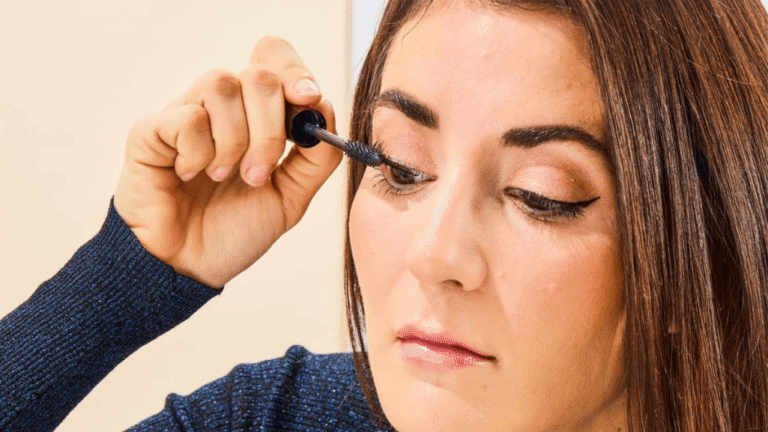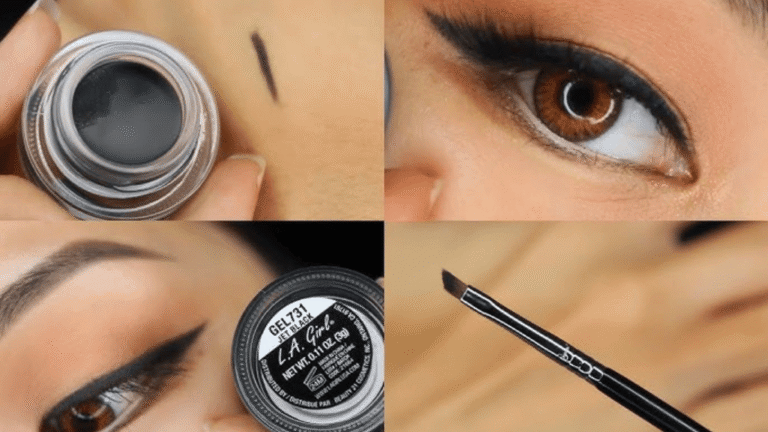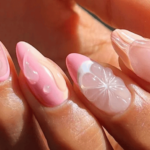Get a salon-quality manicure without leaving your house. This guide lays out simple, proven steps you can use today to keep hands and Nails Care Tips nails healthy and polished. Consistent moisturizing and a treatment base coat boost polish adhesion and extend wear. Keep a soft file, nourishing oil, and hand cream within reach for quick upkeep.
Small daily habits add up. Gentle filing, nightly hydration, and mindful handling preserve the nail plate and surrounding skin. Avoid harsh filing, cutting cuticles, or skipping a base coat to reduce chips and damage.
We also cover how diet, hydration, and the right tools—drawn from routines like Kester Black’s regimen—support strength and appearance. Expect clear steps, pro-level pointers, and fast wins that save time while protecting hand skin and nail health. For a deeper checklist and product ideas, see this practical guide.
Key Takeaways
- Moisturize regularly: hydration keeps the nail and skin resilient.
- Use a treatment base coat to help polish adhere and last.
- Keep essential tools nearby: soft file, cuticle oil, hand cream.
- Gentle handling and proper prep prevent chips and splits.
- Small nightly habits and good hydration improve results over time.
- Learn more and find a full checklist at this guide.
What This How-To Guide Covers and How to Use It Today
This guide lays out a practical routine you can use today to protect nail health while fitting into a busy schedule.
Frequent hand washing and sanitizing can strip natural oils. That makes the nail plate prone to peeling and cracking. Small, consistent moves help restore the skin barrier and prevent damage.
Start with actions you can do now: wash gently, dry fully, and apply cuticle oil before showering or swimming. According to Kester Black, pre-shower oil adds a protective layer that reduces water loss and splitting.
- Use the step-by-step routine in under 20 minutes to fit most people’s day-to-day things and commitments.
- Learn how each section builds from structure to products so you make smarter choices fast.
- Find time-saving moves—pre-shower oiling, weekly shape-ups, and quick hygiene checks for busy schedules.
Refer to the hygiene and tool care guidance as you refresh your routine to lock in cleaner results and fewer chips.
“Applying cuticle oil before showering or swimming can add a protective layer.” — Kester Black
Understanding Nail Health and the Nail Bed
A healthy nail starts below the surface, where the bed and surrounding skin support growth and strength.
Keratin forms the plate. This hard protein reflects diet and hydration. When you lack nutrients or water, the plate becomes brittle and may split.
Keratin, cuticles, and the role of the nail bed
Cuticles act as a natural seal that keeps bacteria and irritants out of the nail unit. Removing them raises infection risk and slows healthy growth.
The bed supplies circulation and nutrients. A healthy bed produces smoother, stronger growth and improves overall appearance.
Why moisture balance and hand washing habits matter
Frequent washing and sanitizers strip oils from the plate and skin. That loss increases peeling and splitting, especially with regular exposure.
- Balance moisture: replenish oils after cleansing to keep flexibility.
- Be gentle: mild cleansers and immediate rehydration protect the bed and skin.
- Think internal and external: hydration and nutrition support long-term health.
For clinical insight into common problems and prevention, see this resource on nail health.
At-Home Routine: Step-by-Step Nail Care for Healthy Nails
Begin with gentle cleansing. Wash hands with a mild cleanser, rinse well, and pat dry. This limits water exposure and reduces surface bacteria that damage the nail plate and skin.
Shaping and the right tools
Shape with a 180–240 grit or a glass file. File in one direction to avoid micro-cracks and splits.
Smooth corners with light pressure and check symmetry often. The right tools give precision without thinning the nail edge.
Cuticle approach
Do not remove the protective cuticle seal. Hydrate cuticles after showering or after applying oil, then push them back gently with a rubber pusher or orange stick.
Trim only truly loose skin at the sides to avoid infections and slow growth.
Treatments and daily hydration
Apply a treatment base coat to strengthen the surface and help polish adhere for longer wear.
Use cuticle oil every day; applying a small amount before swimming or showering adds a protective film. Seal moisture nightly with oil, then follow with hand cream to protect hands and surrounding skin.
- Quick routine checklist: mild washing, one-direction filing, hydrate cuticles, base coat, oil + cream.
- For busy days, brush oil on the nail and cuticle before water exposure to reduce swelling and peeling.
- Finish with thin polish layers to avoid bubbling and chipping.
Protect and Prevent: Wear Gloves, Limit Water, Choose Safer Tools
Protecting hands during chores and outdoor work is a simple way to prevent breakage and preserve strength.
Wear gloves for dishwashing, gardening, and household cleaning to cut water and detergent exposure that strips natural oils.
Match length to your activities
Keep nails practical for what you do. Shorter lengths tolerate hands-on work better and reduce the chance of cracking.
Choose gentle removers and safer tools
Avoid harsh removers and rough emery boards. Use 180–240 grit or a glass file and file in one direction to protect the edge from fraying.
- Minimize prolonged water exposure and dry hands promptly.
- Refine shape weekly to remove snags before they become splits.
- Apply a light nourishing product after removing gloves to rehydrate skin and the nail edge.
Consider a periodic strengthening treatment base coat to support resilience without making the plate brittle.
Nails care tips using natural treatments and organic products
Natural, kitchen-friendly remedies can brighten and strengthen the nail plate without harsh chemicals.
Use these simple, repeatable moves once or twice weekly to protect the plate and surrounding skin.
Lemon juice and olive oil soak for brighter, hydrated nails
Mix a teaspoon of lemon juice with a tablespoon of olive oil. Soak for five minutes to lift discoloration and add moisture.
Rinse, dry, and apply a few drops of cuticle oil to seal hydration. Avoid sun exposure right after citrus soaks.
Apple cider vinegar and baking soda care for clarity and defense
Use a diluted apple cider vinegar soak (one part vinegar to three parts water) to help surface clarity.
Occasional baking soda paste can remove residue and support defense against mild surface issues. Rinse well and dry.
Coconut oil and vitamin E massages for moisture and strength
Massage a small amount of coconut oil with a vitamin E capsule into the nail and cuticles nightly.
This boosts flexibility, helps reduce splits, and keeps the surrounding skin supple.
Choose gentler removers and formaldehyde-free products
Pick acetone-free polish removers and skip formaldehyde-based hardeners to lower irritation and infection risk.
Support these methods with a lightweight treatment under color or alone for a natural finish.
- Try lemon + olive weekly for brightness.
- Use diluted ACV soaks and occasional baking soda for clarity.
- Massage coconut oil and vitamin E nightly to boost strength.
- Opt for acetone-free removers and formaldehyde-free hardeners.
- Keep tools clean to reduce infections and protect skin.
For more structured strengthening routines, see nail strengthening techniques.
Nutrition and Lifestyle: Feed Your Nails From the Inside Out
What you eat and how you hydrate directly influence new growth and surface strength. Focus on building blocks that the body uses to form keratin and the surrounding skin barrier.
Biotin, vitamin E, and iron for strength
Biotin-rich foods such as eggs, almonds, and avocados support structural growth.
Vitamin E from spinach and nuts protects the lipid barrier around the plate and skin.
Iron from red meat, lentils, and leafy greens supports circulation and steady growth.
Hydration habits that support moisture
Drink water consistently throughout the day to keep the nail bed and surrounding skin hydrated.
Visible improvements usually appear over one to two months as new length replaces older, weaker sections.
Balanced, plant-forward diet for long-term health
Embrace colorful vegetables, legumes, whole grains, nuts, and seeds to supply vitamins and antioxidants.
Pair smart nutrition with topical oil and hand routines to maximize results inside and out.
- Focus on biotin, vitamin E, and iron for body-level strength.
- Stay hydrated to sustain moisture as the nail grows.
- Consider discussing supplements with a healthcare provider if needed.
Manicure Smarts: Polish Choices, Tools, and Hygiene
Smart choices in formulas and routine sanitizing help prevent damage and reduce infection risk after a manicure.
Choosing gentle, organic polishes and cuticle oils
Opt for organic-leaning polish formulas and acetone-free removers to limit drying. Thin coats help polish adhere and cut chipping.
Apply cuticle oil before water exposure—this small move reduces swelling and protects the surrounding skin during chores or showers.
Sanitizing tools to reduce infections and protect skin
Sanitize files, clippers, and pushers before each use. Store tools dry and replace worn items to avoid microbial buildup.
- Use 180–240 grit or a glass file and file in one direction for safer shaping.
- Keep a dedicated personal set to lower infection risk and simplify cleaning.
- Wear gloves during cleaning or soaking tasks and limit prolonged water exposure after polishing.
Quick routine: prep with a treatment if desired, apply thin, even coats, finish with cuticle attention, and schedule light upkeep between full manicures.
Conclusion
Simple, repeatable moves turn a busy routine into lasting results.
Start with protective choices: never cut the cuticle and use a treatment base coat to extend wear. Shape with a 180–240 grit or glass file and moisturize daily to keep the nail bed and skin resilient.
Wear gloves for household tasks, and use a dab of cuticle oil before water exposure. Natural soaks and nightly oil massages can help, but avoid sun after citrus soaks to prevent sensitivity.
Support from within matters: steady hydration and a balanced diet improve growth over 1–2 months. Small, consistent steps save time and reduce damage while helping your nails look healthier between manicures.








